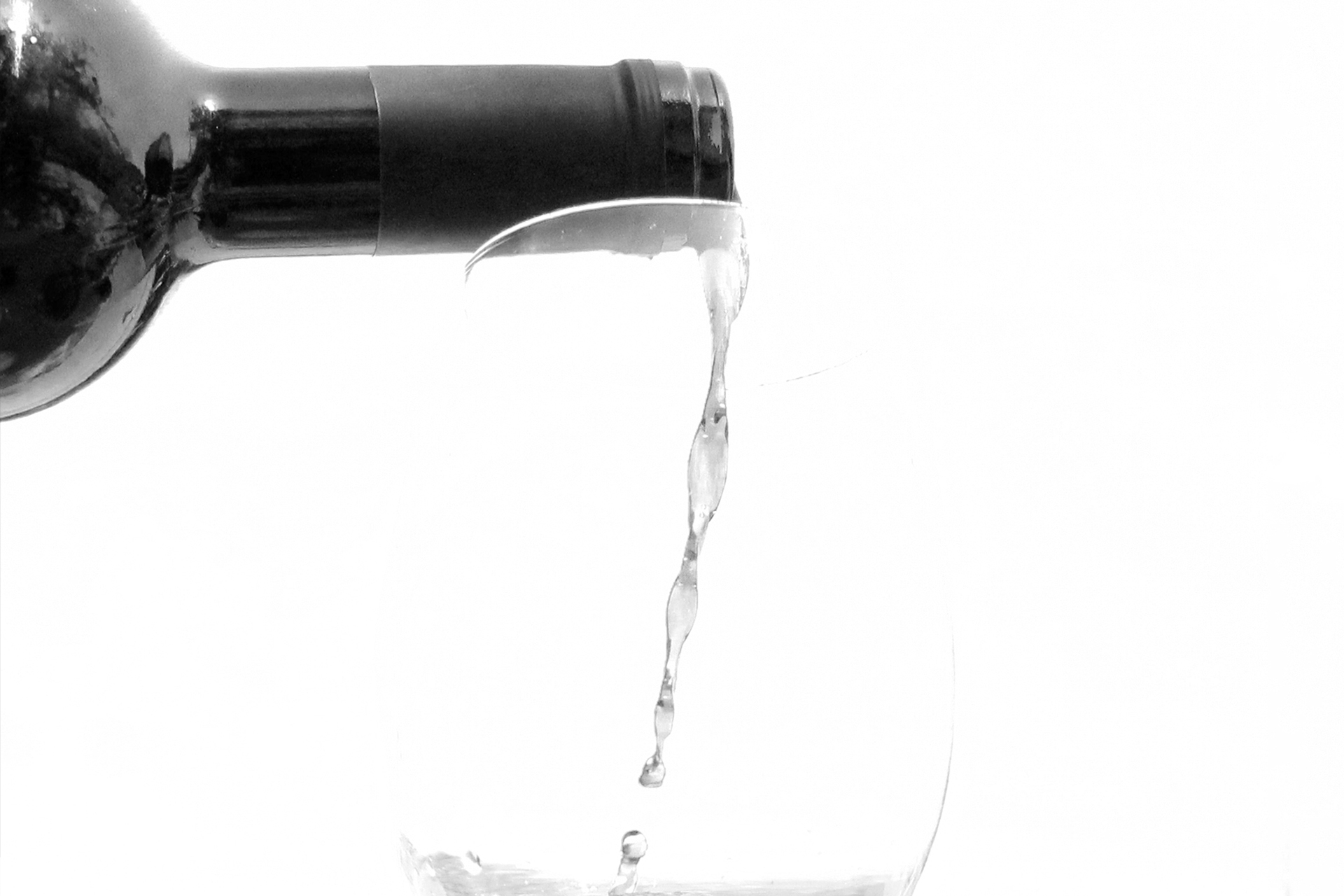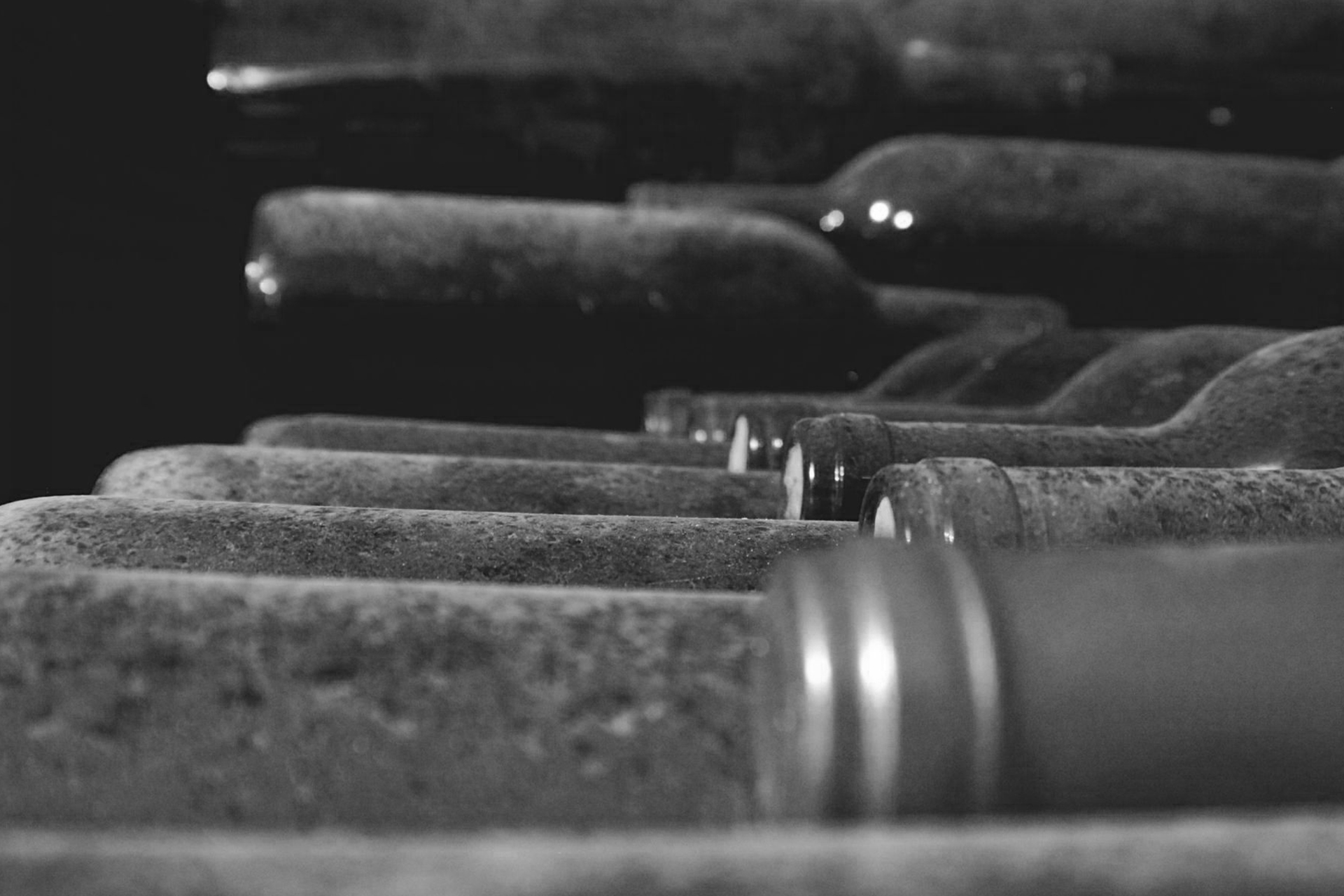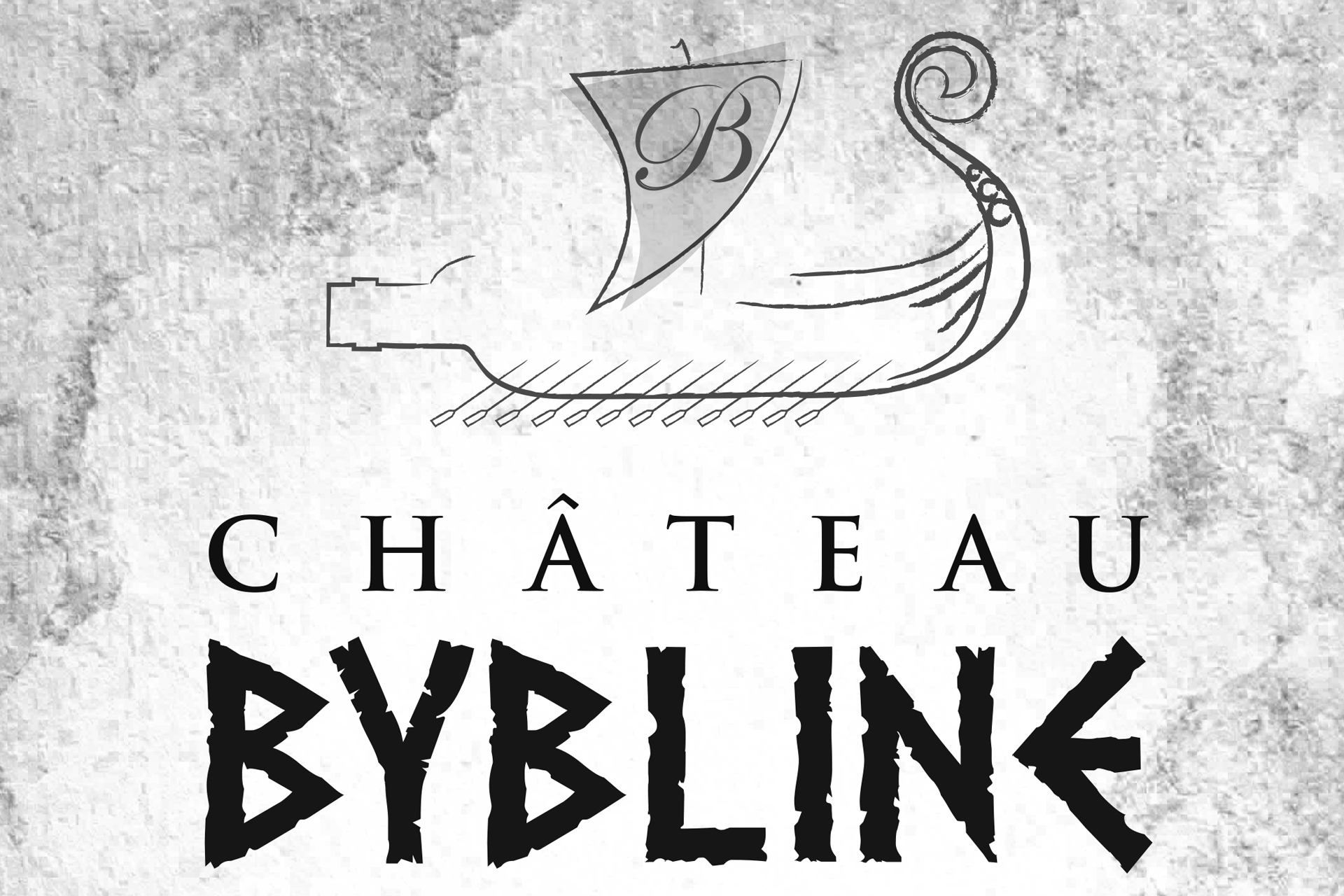Château Bybline
HISTORY
After the civil war in Lebanon, most of the vineyards of Mount Lebanon was in catastrophic state. This vineyard at high altitudes was mostly planted with native variety “Merwah”. The restoration began in the early 90’s, and in 1996 a first vinification of white wine give us an unexpected result: an exceptional aromatic bouquet and a surprising balance in the mouth. Following this result the project began by the father, a well-experienced man in the wine field. While the first red tests were not as expected until 1998 with the use of grapes from the Bekaa Valley.
Over the years, the quality and the quantity increased and new plots of “Merwah” were planted by cuttings. Lately, the winery production reached around 10.000 bottles per year.
In 2004 the son, Joseph Abi Ghanem began his studies in agronomy followed by various trainings in several Lebanese wineries before heading to Bordeaux in 2009 for his diploma in oenology. And after completing several internships in France and Chile, the wine maker returns to his land to start the production within its own domain “Château Bybline” and as a consultant for different Lebanese wineries.
WHY BYBLINE?
Bybline was one of the first wine brands in the world produced by the Phoenicians. Four thousand years later, the Abi Ghanem family revived that brand name in “Wata El Joz”, a village situated in the hills of Mount Lebanon.
PHILOSOPHY

Natural wine
Natural wine produced by indigenous yeasts without any oenological products from the harvest to the bottling (expect the SO2).

Ability of aging
Ability of aging with the use of qualitative grapes, a good maturity and aging in oak.

Continuous improvement
Continuous improvement resulted from a long experience and the monitoring of the new wine technique.